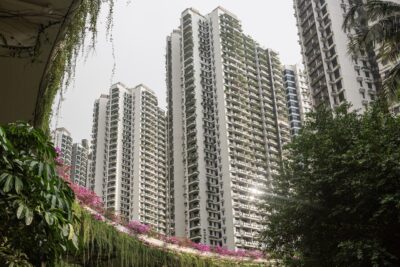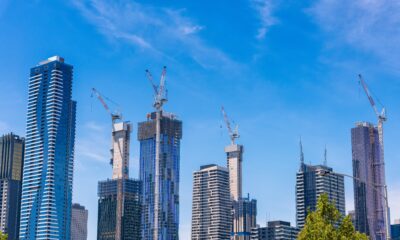How Vietnam real estate defied the pandemic
Vietnam enters 2021 in rude health due to its impressive response to the pandemic and a booming economy fuelled by FDI. With demand for housing continuing to grow—especially near manufacturing hubs—the outlook seems rosy for investors and developers alike
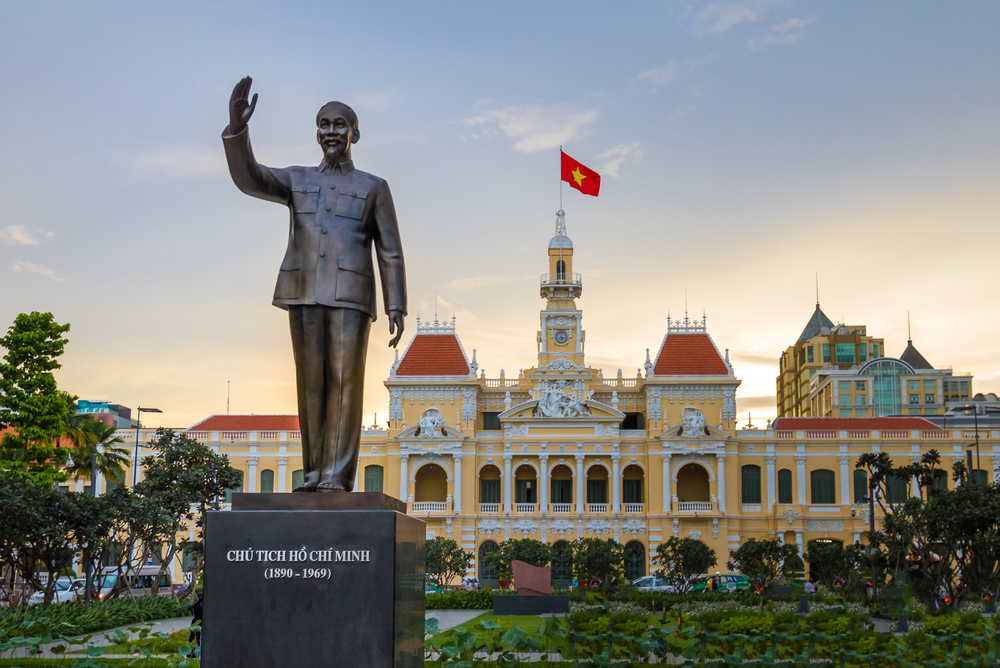
Vietnam has had an impressive year—the pandemic be damned. The nation’s GDP last year grew 2.8 percent: one of just a few economies to elude a recession in a virus-plagued world.
A beneficiary of the trade war between the US and China, Vietnam has grown its trade surplus so much as to invite accusations of currency manipulation from the former country.
It has taken the pandemic to the bank: luring manufacturers hoping to diversify their supply lines beyond China, and even manufacturing personal protective equipment (PPE) en masse. Industrial parks have mushroomed across the country. So have residential complexes housing their labourers.
As a manufacturing hub, Vietnam is now the most competitive in the world after China, reports Cushman & Wakefield. Pound for pound, Vietnam bests its neighbours in terms of labour costs (25 percent to 50 percent lower than China, Indonesia, Malaysia, Philippines, and Thailand) and corporate tax income rates (at 20 percent, it outstrips the ASEAN average of 21.7 percent). A signatory to more than a dozen free trade agreements, the country has become the destination du jour for industrialists.
“Vietnam has become an attractive investment destination after the US-China trade war and the pandemic,” says Paul Tonkes, director for logistics and industrial services at Cushman & Wakefield Vietnam.
Cities are attracting a large number of expatriates in addition to a large local workforce, which leads to high demand for accommodation in the region. Vietnam’s success lies partly in its potential for residential development associated with industrial zones
Last year bookended a decade of success for Vietnam, which only ascended to the status of a middle-income nation in 2010. Industrial leviathans Logos Property and Global Logistic Properties (GLP) last year inked USD350m and USD1.5bn joint ventures with local developers, securing vast land banks in Bac Ninh, Bac Giang, Quang Ninh and Long An. Today Vietnam has 280 industrial parks in operation, spanning more than 60 cities and provinces and 82,800 hectares of land, with 89 more under construction.
The GDP per capita in industrial hotspots Ho Chi Minh City (HCMC), Hanoi, Long An, Binh Duong, Dong Nai and Hai Phong has leapt from 6 percent to 14 percent per annum in the last five years, heightening housing demand from occupiers and investors alike. Large-scale townships by major developers such as Aqua City, Dong Nai Waterfront City, and Vinhomes Imperia have begun sprouting near industrial clusters.
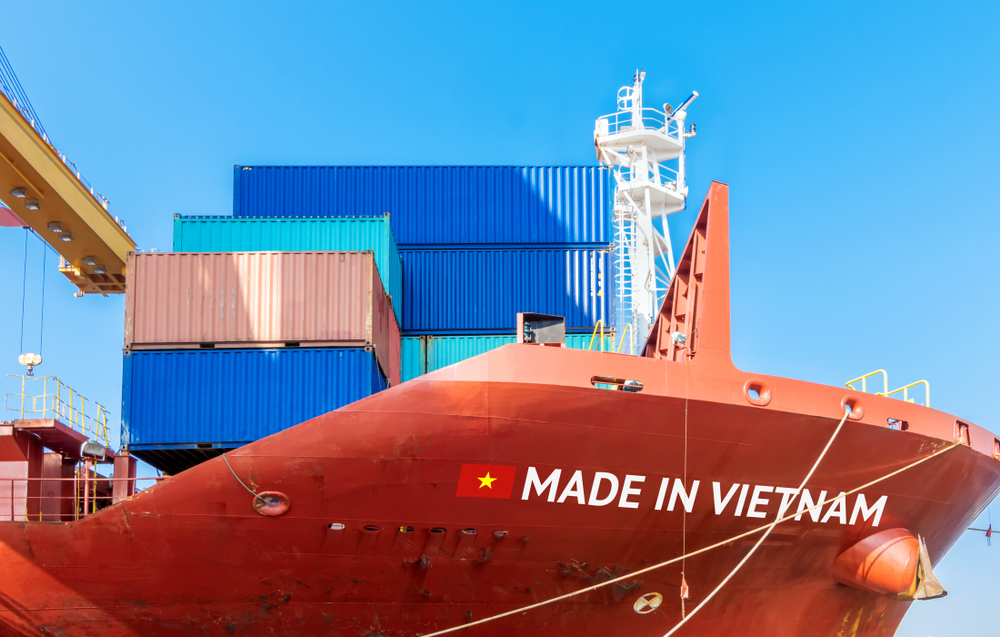
“Those cities are attracting a large number of expatriates in addition to a large local workforce, which leads to high demand for accommodation in the region,” adds Tonkes. “Vietnam’s success lies partly in its potential for residential development associated with industrial zones.”
Granted, the pandemic suspended inflows of expatriates into Vietnam last year. Residential sales dwindled accordingly by 50 percent to 60 percent in Hanoi and HCMC, in that order, while rents dipped by 40 percent, according to Cushman & Wakefield, but pricing growth was defiant. Residential prices were up 25 percent year-on-year in HCMC and up 4 percent in Hanoi.
Condominiums sell for USD1,325 per square metre and USD1,966 per sqm on average in Hanoi and HCMC, according to CBRE. From 2017 through the third quarter of 2020, condominium prices in HCMC and Hanoi grew by 10 and 2 percent per annum.
“The selling price in Vietnam is still attractive compared to markets such as Bangkok and Singapore, which presents potential capital gain once the market matures,” says Hang Dang, managing director of CBRE Vietnam and judge of PropertyGuru Vietnam Property Awards.
Mid-end and affordable condominiums accounted for approximately 87 percent of new launches in Hanoi in the first nine months of 2020. New launches in these segments sustained a sold rate of up to 42 percent, close to pre-pandemic levels. In HCMC, newly launched mid-end condos in the city posted a sold rate of 85 percent, well above 73 and 54 percent for high-end and luxury condos. Mid-end condos also recorded an annual pricing growth of 6 percent, the highest among segments.
“This implies the market adjustments are oriented towards end users,” adds Hang.
Nearly 98 percent of Vietnamese households still reside in landed houses though, which come in short supply in the land-starved core districts of HCMC and Hanoi. Landed projects tend to proliferate in adjacent areas and provinces plied by infrastructure developments.
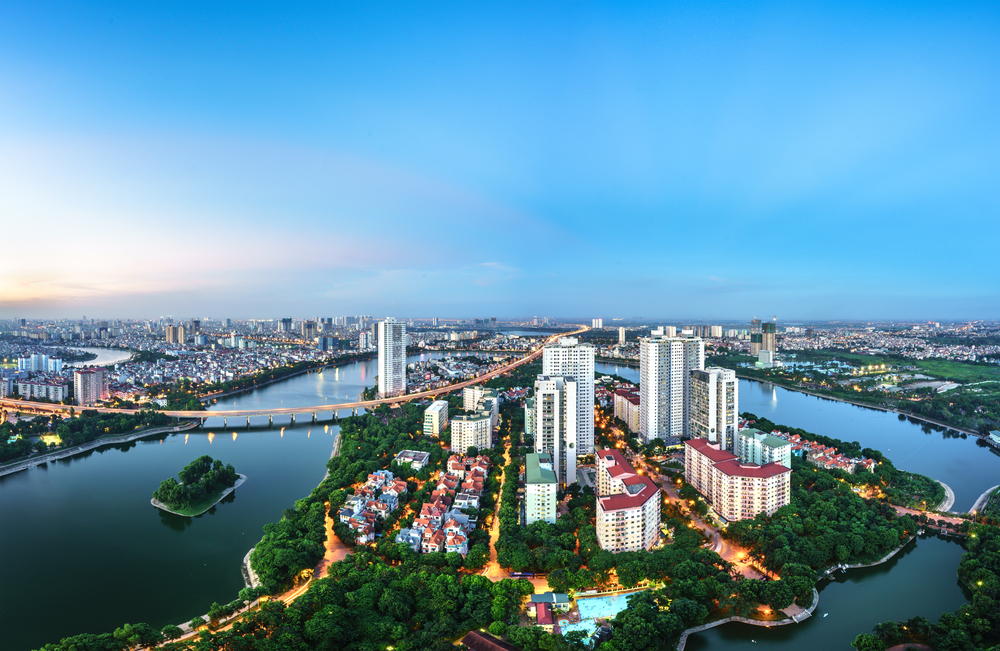
Vietnam lavishes 5.7 percent of its GDP on infrastructure, which is one of the highest spends in Asia. Mass rapid transit lines and ring road systems, in various stages of planning and construction, are poised to have the “strongest impact” on the residential market, notes Alex Crane, managing director for Cushman & Wakefield Vietnam and judge of PropertyGuru Vietnam Property Awards. The most anticipated of them all, Metro Line No. 1 in HCMC, will connect the CBD to the city’s eastern districts.
“Infrastructure development is one of the major drivers of residential development,” according to Crane. “Fast-improving city infrastructure has resulted in decentralisation, shifting residential projects to the outskirts and suburban areas as well as to accessible second-tier cities and provinces.”
Although industrial development is concentrated in tier-one cities and provinces—Hanoi, Bac Ninh, Hung Yen, Hai Duong and Hai Phong in the north and HCMC, Dong Nai, Binh Duong and Long An in the south—developers are casting their nets further afield, to tier-two locations where land costs are lower. Residential supply in Vinh Phuc, Thai Nguyen, Bac Giang, Quang Ninh and Ha Nam in the north and Tay Ninh and Ba Ria-Vung Tau in the south has grown by 25 to 40 percent per annum over the last five years, compared to just 15 to 20 percent per annum in Hanoi and HCMC.
As of October, industrial parks attracted 10,055 FDI projects with a registered capital of USD198bn. The communist nation has steadily cosied towards open borders and market integration: signing the UK-Vietnam Free Trade Agreement (UKVFTA), EU-Vietnam Free Trade Agreement (EVFTA), and Regional Comprehensive Economic Partnership (RCEP) over the last year alone.
“Reducing trade barriers with Vietnam will help to speed up the mitigation of supply chains,” says Tonkes.
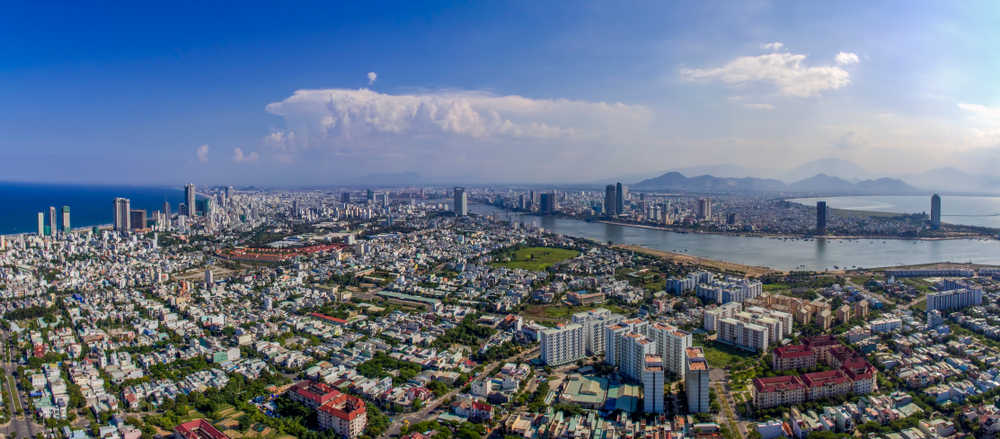
The Vietnamese economy is poised to grow by 6.8 percent in 2021, the World Bank projects. At this rate, it could blaze past Malaysia and Singapore as the fourth-largest economy in Southeast Asia. Vietnam’s residential market alone is earmarked for a “strong recovery” in 2021, predicts Hang. Developers have exhibited an eagerness to launch while products with reasonable prices have gained favour with property seekers. This year, CBRE projects 17,500 units in new HCMC launches, up 14 percent year-on-year, and 25,200 units in Hanoi, up 66 percent.
With affordable products launched to meet real demand, speculative buying is bound to decrease, according to Cushman & Wakefield. Residential prices may plateau in the short term, but drastic declines are not in the offing.
Industrial park expansion and new investment approvals will generate more demand in the next two years, with class-A logistics supply expected to start scaling by 2022, the consultancy further predicts. A growing tendency by occupiers to become “asset-light” will bode well for the rental of ready-built factories.
“The country has a stable geopolitical situation, managed the Covid-19 crisis well, and wasn’t forced to halt production at any point,” concludes Tonkes. “Vietnam needs to remain attractive by maintaining stable political and macroeconomic conditions and competitive labour costs, and continually improving infrastructure.”
The original version of this article appeared in Issue No. 164 of PropertyGuru Property Report Magazine
Recommended
Meet the vagabond architect behind India’s housing scene
Vinu Daniel is helping to shake up India’s home building setting
Where Asian real estate stands in a fragmented, warmer world
Asia’s real estate industry faces many and varied challenges as external factors continue to bite
6 sights to see in Singapore’s Marine Parade
Handily located Marine Parade has emerged as a vibrant investment choice in the Lion City
There’s a township dedicated to health and wellness in Malaysia
Property seekers have their health needs catered for at KL Wellness City






